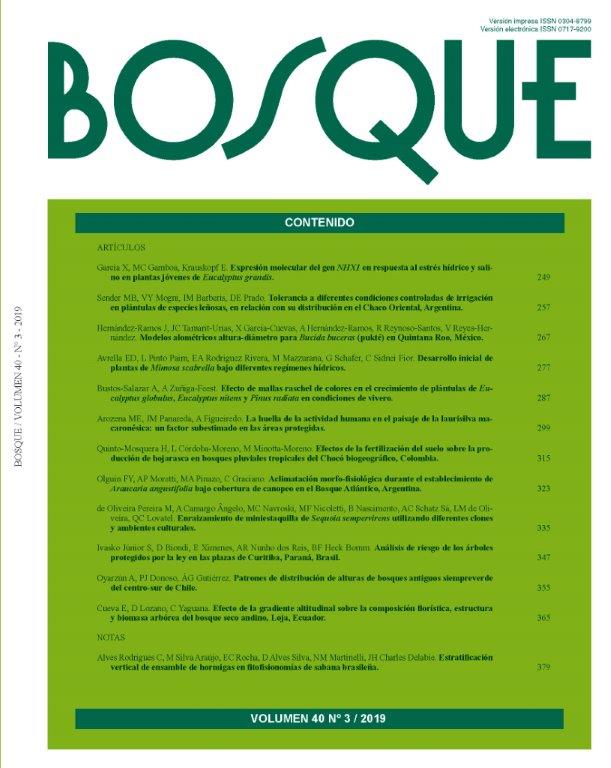The footprint of land use on the Macaronesian laurel forest landscape: an underestimated driving factor in protected areas
Main Article Content
Abstract
Centuries of exploiting resources on Macaronesian islands left a significant footprint on their landscapes, even in areas where human activity would seem to be virtually absent. To clarify such interference, this paper explored how the impact of land use determined some attributes of current laurel forest landscape. Focused on communities dominated by heath and Morella faya, this work analyzed the effect of land use on their physiognomy and floristic composition, challenging the interpretation as climax communities. Based on a synchronic approach, the collected data supported a dynamic interpretation of such communities, installed on areas disturbed by human activities over long periods in the past. The combination of floristic composition, structure and land-use proxies suggested that such communities should be interpreted as subseral communities. This interpretation led to the idea that human factor should be considered as a critical driving force shaping landscape. Such an approach, promoting an adjustment in the scientific interpretation, assumed that current attributes of such communities were derived from past land-use options and do not represent a single response to abiotic conditions. Without questioning the value of those communities for conservation, that approach pointed out that protection measures should consider the potential occurrence of significant changes in terms of floristic composition and structure at medium term in that type of communities.

